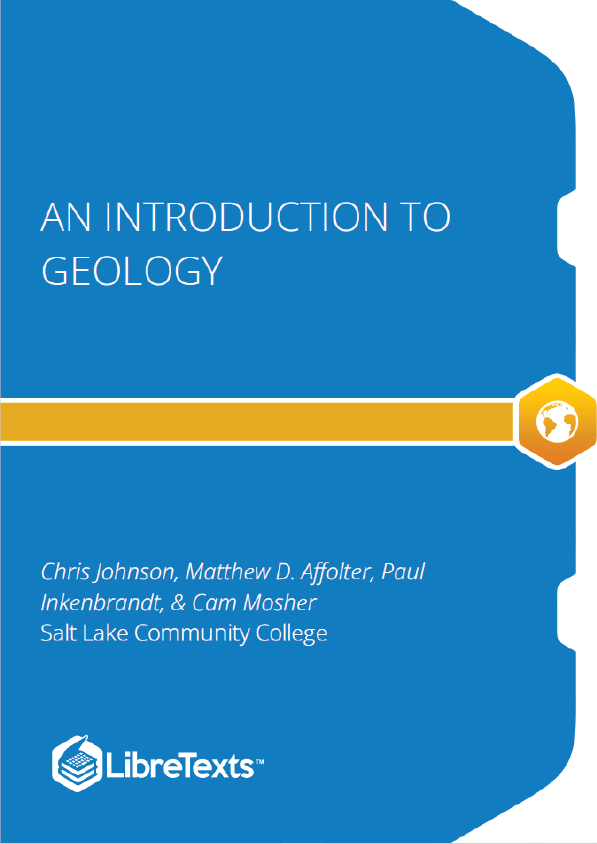Science is a process, with no beginning and no end. Science is never finished because a full truth can never be known. However, science and the scientific method are the best way to understand the universe we live in. Scientists draw conclusions based on objective evidence; they consolidate these conclusions into unifying models. Geologists likewise understand studying the Earth is an ongoing process, beginning with James Hutton who declared the Earth has “…no vestige of a beginning, no prospect of an end.” Geologists explore the 4.5 billion-year history of Earth, its resources, and its many hazards. From a larger viewpoint, geology can teach people how to develop credible conclusions, as well as identify and stop misinformation.
Scientists seek to understand the fundamental principles that explain natural patterns and processes. Science is more than just a body of knowledge, science provides a means to evaluate and create new knowledge without bias [1]. Scientists use objective evidence over subjective evidence, to reach sound and logical conclusions. An objective observation is without personal bias and the same by all individuals. Humans are biased by nature, so they cannot be completely objective; the goal is to be as unbiased as possible. A subjective observation is based on a person’s feelings and beliefs and is unique to that individual.
Another way scientists avoid bias is by using quantitative over qualitative measurements whenever possible. A quantitative measurement is expressed with a specific numerical value. Qualitative observations are general or relative descriptions. For example, describing a rock as red or heavy is a qualitative observation. Determining a rock’s color by measuring wavelengths of reflected light or its density by measuring the proportions of minerals it contains is quantitative. Numerical values are more precise than general descriptions, and they can be analyzed using statistical calculations. This is why quantitative measurements are much more useful to scientists than qualitative observations.
Establishing truth in science is difficult because all scientific claims are falsifiable, which means any initial hypothesis may be tested and proven false. Only after exhaustively eliminating false results, competing ideas, and possible variations does a hypothesis become regarded as a reliable scientific theory. This meticulous scrutiny reveals weaknesses or flaws in a hypothesis and is the strength that supports all scientific ideas and procedures. In fact, proving current ideas are wrong has been the driving force behind many scientific careers.











